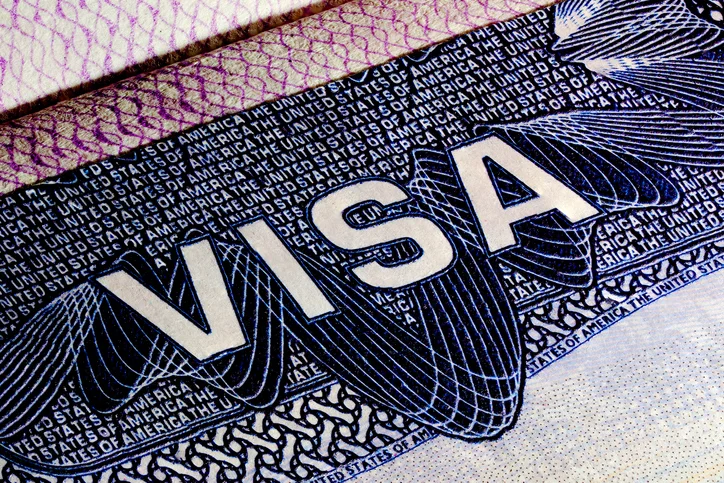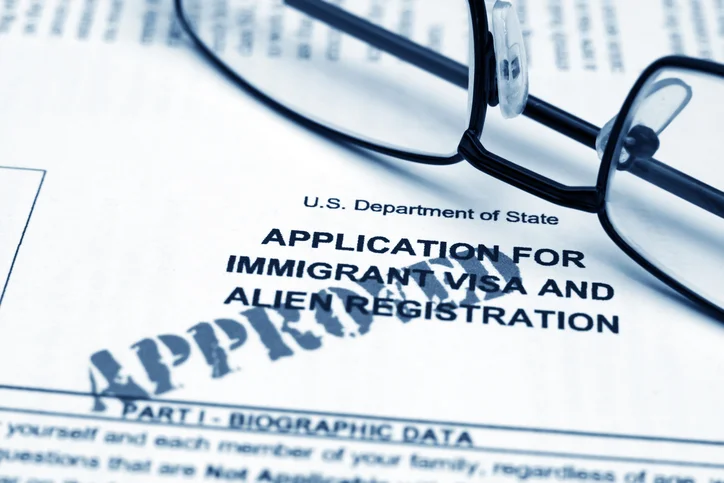A federal judge in Portland, Oregon has temporarily stayed President Trump’s latest Proclamation, which would require applicants for immigrant visas to show their ability to obtain health insurance within 30 days of entry into the United States. The Proclamation was set to take effect on Sunday, November 3 but is temporarily on hold while the legal challenge to the Proclamation is adjudicated. If the Proclamation takes effect, applicants who fail to demonstrate the financial resources to obtain health insurance will have their visa applications denied.
Read MoreEffective November 3, 2019, applicants for an immigrant visa will be required to show their ability to obtain health insurance within 30 days of entry into the United States during their consular interview. Visa applicants should complete Form DS-5541 to provide information on their health insurance plan and date coverage will begin or ability to pay for healthcare for any “reasonably foreseeable” medical costs. Failure to demonstrate the financial resources to obtain health insurance will result in a denial of their visa application.
Read MoreThe Department of State (DOS) has issued its November 2019 Visa Bulletin. Overall, most employment-based categories this month had little advancement. (Employment-based (“EB”) category 1 for all nationals (except for India and China) advanced by little over a month. EB-1 for China moves forward three months and EB-1 India remains the same. The EB-2 category for all nationals continues to be current. China has a two and a half month advancement, and India advanced by one day. The EB-3 category is current for all nationals except for China and India, which saw no change from last month. The Philippines moves forward by three and a half months.
Read MoreThe Department of State (DOS) has issued its October 2019 Visa Bulletin. October 1 marks the start of the new fiscal year so all the visa categories benefit from new visa numbers. As a result, most categories see sizable movement. Employment-based (“EB”) category 1 for all nationals (except for India and China) advances by six months. EB-1 for China moves forward nearly three years and EB-1 India goes from unavailable to January 1, 2015. The EB-2 category for all nationals is now current, except for China, which, unfortunately, has a two-year retrogression, and India, which advances by four days. The EB-3 category is current for all nationals except for China, which moves forward nearly two years; India, which moves forward three and a half years, and the Philippines, which moves forward by fifteen months.
Read MoreBeginning May 31, 2019, individuals applying for either nonimmigrant or immigrant visas to the United States will need to provide information on their social media accounts for the last five years. This includes their user names or handle for each platform, but not their passwords.
Read MoreThe Department of State’s monthly Visa Bulletin can be difficult to understand. All those dates and charts and categories are confusing. But knowing how to read the Visa Bulletin is important if you are seeking permanent residence in the United States so you can understand how long you will have to wait before you finally have your green card. The following explanation is specifically for individuals going through the permanent residence process based on employment.
Read MoreThe Department of State (DOS) has released its October 2018 Visa Bulletin. October 1 marks the start of the new fiscal year so all the immigrant visa categories benefit from new visa numbers. As a result, all categories will experience significant advancements, some as many as four to six years.
Read MoreThe Department of State (DOS) has issued its July 2018 Visa Bulletin. Most notably, the Employment-Based (“EB”)-3 category for Chinese nationals retrogressed dramatically by two years and five months to January 1, 2013. EB-2 for Chinese and Indian nationals, and EB-3 for Indian nationals made significant advances while EB-1 for Chinese and Indian nationals and EB-3 for Philippine nationals had no movement.
Read MoreU.S. Citizenship and Immigration Services (USCIS) issued a policy memorandum this week, changing the way unlawful presence will be calculated for students (F-1), exchange visitors (J-1), and vocational students (M-1), and their dependents, while in the United States. The new policy memorandum will take effect on August 9, 2018.
Read MoreThe Department of State (DOS) has issued its June 2018 Visa Bulletin. For the most part, priority dates for employment-based categories remain the same from last month’s visa bulletin. The only category to advance is EB-3 India, which moved forward by four days.
Read More









